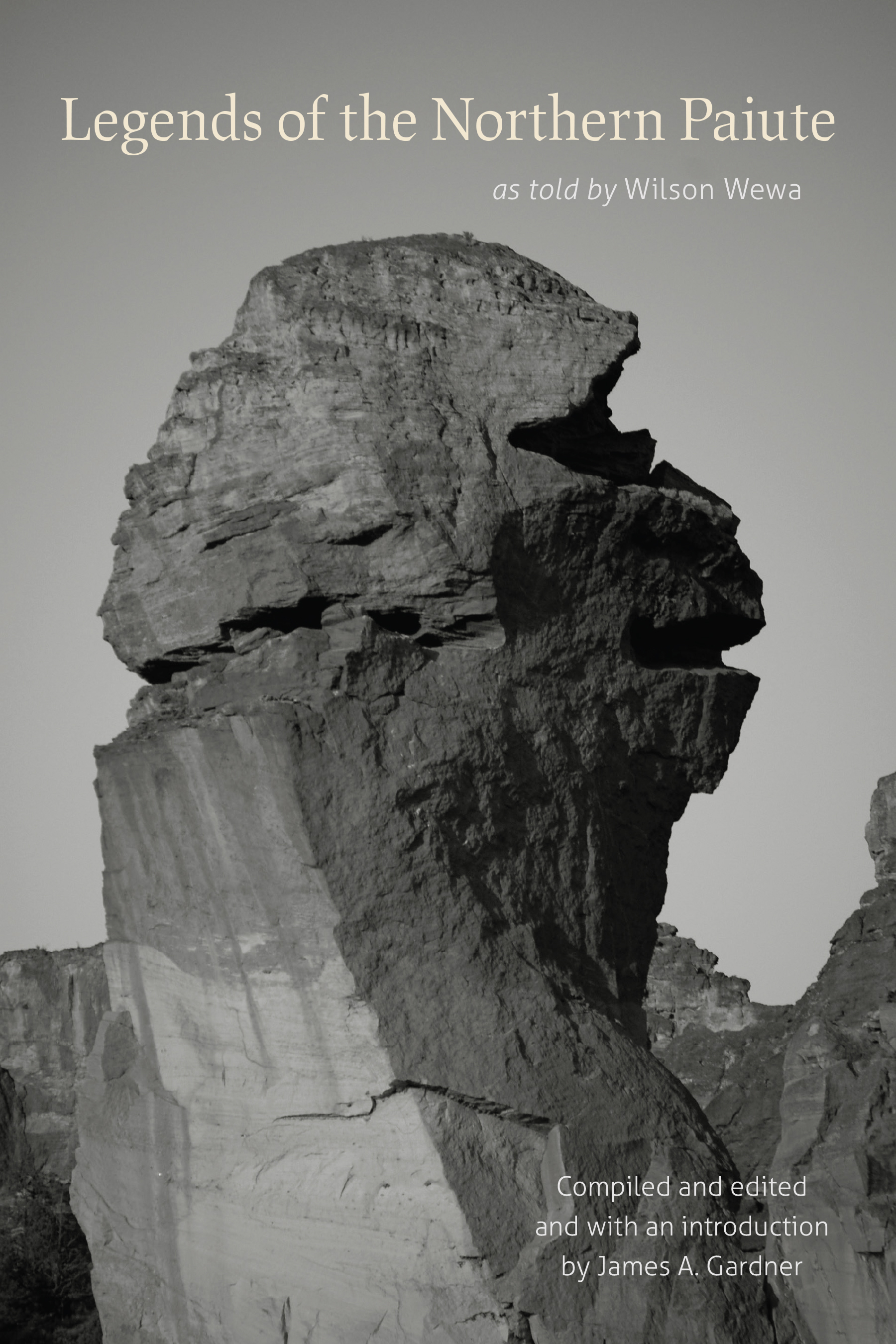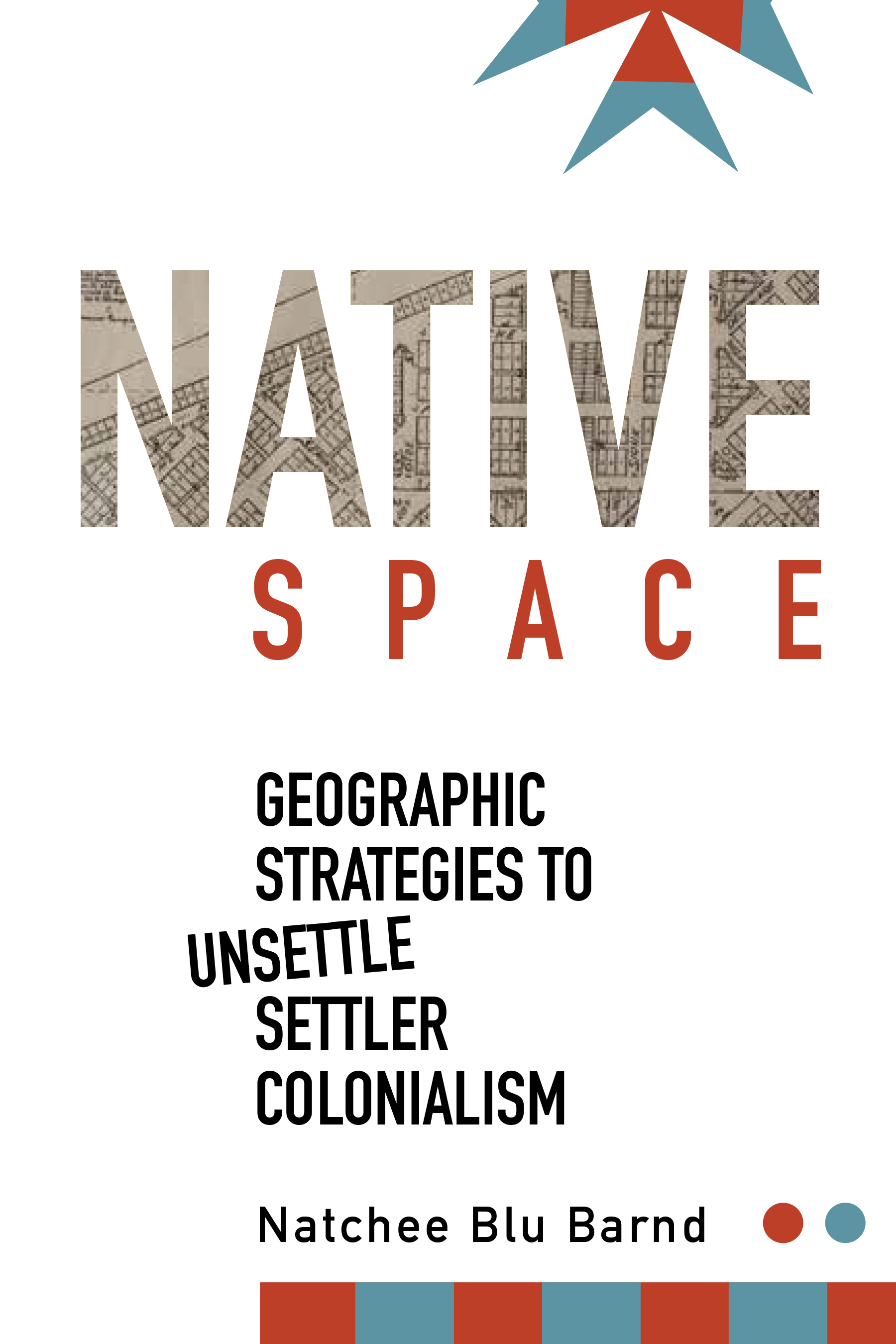Indigenous People’s Day is a day to honor native communities: a day to honor indigenous history, survival, and culture, and to acknowledge the history of the United States as one formed through colonization and genocide.
In honor of Indigenous People’s Day, OSU Press Griffis publishing interns Zoë Ruiz and Carolyn Supinka share two recent press books on indigenous culture.
Zoë’s Pick: Native Space by Natchee Blu Barnd
How do Indigenous communities and individuals sustain and create geographies within the boundaries of the settler colonial nation of the United States? How does this occur through place-naming, daily cultural practice, and artistic activism? Published less than a year ago, Barnd’s Native Space explores these questions through an interdisciplinary approach, draws on his experiences in Corvallis, and focuses on Midwestern Plain states of Kansas and Oklahoma.
In Native Space, Barnd argues that while “the Indian” and “Indianness” serve to create White space in concrete ways, Native geographies reclaim Indigenous identities, assert relations to the land, and refuse settler colonialism claims. I highly recommend Native Space to readers interested in comparative ethnic studies, indigenous studies, cultural studies, and cultural and critical geography.
Carolyn’s Pick: Legends of the Northern Paiute as told by Wilson Wewa, with James A. Gardner
 I love legends, so I was interested in Legends of the Northern Paiute as soon as I saw it on the shelves here at the OSU Press offices.
I love legends, so I was interested in Legends of the Northern Paiute as soon as I saw it on the shelves here at the OSU Press offices.
This book shares origin stories like the creation of the human people, why the rat’s tail has no fur, how the stars got their twinkle, and why Coyote howls at the sky. The stories are written in the conversational style in which they are traditionally told in Paiute communities during the winter storytelling season in the Great Basin.
Wilson Wewa first encountered these legends as a child when they were told to him by his grandmother, Maggie Wewa, and other tribal elders. In this book, Wewa, a spiritual leader and oral historian of the Warm Springs Paiute, shares twenty-one previously unpublished legends.
Wewa, along with collaborator James Gardner, recorded these stories from in-person recollections and edited them out loud so as to remind readers how these stories were originally told: out loud and in community with others.
____________
From mapmaking practices in Kanaka Hawai‘i Cartography to the uses of myrtlewood in Ethnobotony of the Coos, Lower Umpqua, and Siuslaw Indians, OSU Press publishes books that promote education and scholarship on indigenous culture. Take a look at our website for a full list of OSU Press books on indigenous studies.
We hope you pick up one of these titles to celebrate and study indigenous culture any day of the year.

